The Ultimate Thai Food Cooking Class Guide for Beginners

New York City is home to some of the best global cuisines, but few are as vibrant, flavorful, and unforgettable as Thai food. For those who want to go beyond eating it and actually learn how to make it, a thai food cooking class nyc experience is the perfect place to start.
Whether you’ve never touched a wok before or you’ve been experimenting with Southeast Asian recipes at home, a good class can help you understand the heart of Thai cuisine—balancing sweet, sour, salty, spicy, and umami flavors. This guide walks you through what to expect, how to choose the right class, and where to find the best beginner thai cooking opportunities in the city.
Why Thai Cooking Is Worth Learning
Thai cuisine isn’t just about tossing noodles in a pan or simmering curry in coconut milk—it’s about understanding the harmony between fresh herbs, aromatics, spices, and seasonings. In a hands-on environment, you’ll learn how each element affects the final flavor profile, from the zing of lime juice to the richness of fish sauce.
And unlike some cuisines that take years to master, beginner thai cooking can be surprisingly approachable. With the right techniques and fresh ingredients, you can create restaurant-quality dishes from your own kitchen in just a few sessions.
How to Choose the Right Class in NYC
When selecting a thai food cooking class nyc, consider:
- Instructor experience – Look for chefs with authentic Thai culinary training or roots in Thailand.
- Menu variety – A well-rounded class should include curries, stir-fries, salads, and perhaps a dessert.
- Hands-on focus – The best way to learn is by cooking, not just watching.
- Class size – Smaller groups mean more personal attention and better feedback.
- Ingredient quality – Fresh herbs like Thai basil, galangal, lemongrass, and kaffir lime leaves make all the difference.
What to Expect from a Beginner Thai Cooking Class
A beginner-friendly thai cooking nyc class usually starts with an introduction to the key ingredients you’ll be working with. You might pass around fresh herbs, smell different chili pastes, and learn the difference between palm sugar and regular brown sugar.
From there, you’ll:
- Watch the chef demonstrate a dish step-by-step.
- Prepare the same recipe yourself, guided by their tips.
- Taste and adjust flavors until you’ve nailed the balance.
- Enjoy your meal with the class, often accompanied by jasmine rice or sticky rice.
Popular Dishes for First-Time Students
Most beginner thai cooking classes start with approachable, crowd-pleasing recipes such as:
- Pad Thai – Stir-fried noodles with tamarind sauce, egg, tofu, shrimp or chicken, and peanuts.
- Green Curry – Creamy coconut milk with green chilies, fresh herbs, and vegetables.
- Tom Yum Soup – Spicy and sour broth with lemongrass, kaffir lime leaves, and galangal.
- Som Tum – A refreshing shredded green papaya salad with lime, fish sauce, and chilies.
- Mango Sticky Rice – A sweet coconut dessert paired with fresh mango.
These dishes are beginner-friendly but still teach essential skills you can apply to more advanced recipes later.
Why NYC Is Perfect for Thai Cooking Enthusiasts
New York City’s food scene offers something unique—you’re never far from high-quality, authentic ingredients. Thai grocery stores, specialty markets, and even some farmers markets carry the fresh herbs, chili pastes, and sauces you’ll need to recreate your class recipes at home.
Plus, the city’s diversity means you’ll find instructors who bring their personal experiences from different regions of Thailand, giving you a richer learning experience.
Tips for Success After Your First Class
Once you’ve completed a thai food cooking class nyc session, keep building on what you’ve learned:
- Cook the dishes again within a week to reinforce your memory.
- Experiment with spice levels to find your personal balance.
- Invest in a few key tools like a good wok and a mortar and pestle.
- Start building your Thai pantry—stock coconut milk, fish sauce, curry paste, and rice noodles so you can cook anytime.
Group vs. Private Classes
A group class is perfect if you want to meet other food lovers, while a private class gives you more focused attention. Many studios in NYC offer both, so think about whether you’d enjoy the social aspect or prefer a tailored one-on-one session.
Recommended Place to Start
For an immersive, hands-on experience, BiteUnite’s Authentic Thai Cooking Classes provide everything beginners need to succeed—professional guidance, fresh ingredients, and a friendly, interactive environment. While the linked class is based in Hong Kong, BiteUnite’s approach is a great example of what to look for when booking in NYC.
The Social Side of Thai Cooking
Cooking Thai food is as much about the people as it is about the dishes. Sharing a meal you’ve prepared builds connection, whether it’s with classmates, friends, or family. In a city as busy as New York, taking a few hours to slow down, chop vegetables, stir curries, and enjoy a home-cooked meal can be a refreshing change of pace.
Final Thoughts
A thai food cooking class nyc isn’t just an opportunity to learn recipes—it’s a chance to connect with a rich culinary tradition, meet new people, and build skills that will serve you for years.
From your first beginner thai cooking session to mastering more advanced techniques, each step brings you closer to creating the vibrant, balanced flavors that make Thai cuisine so beloved. So, grab your apron, sharpen your knives, and get ready to bring the magic of thai cooking nyc into your own kitchen.



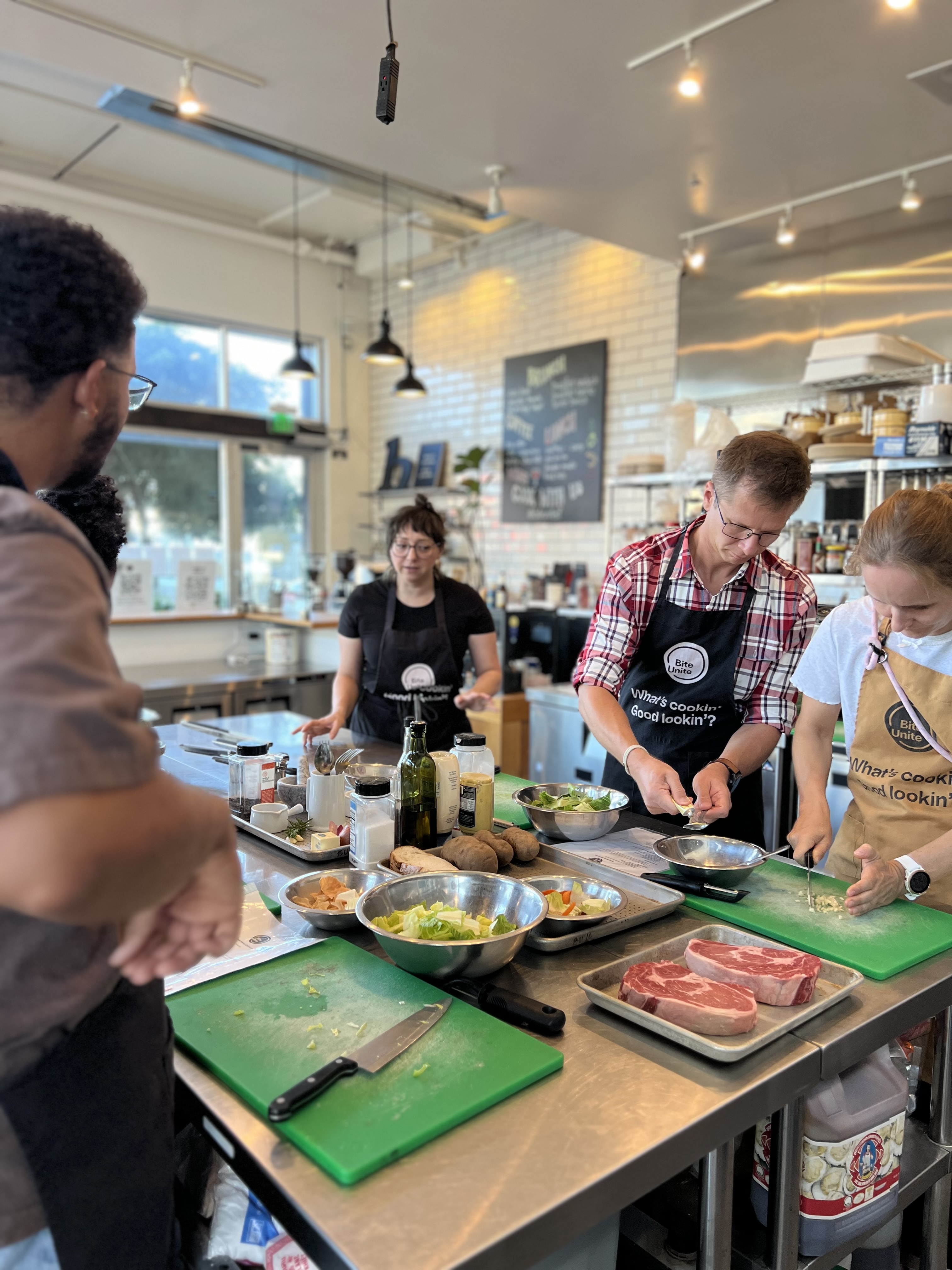
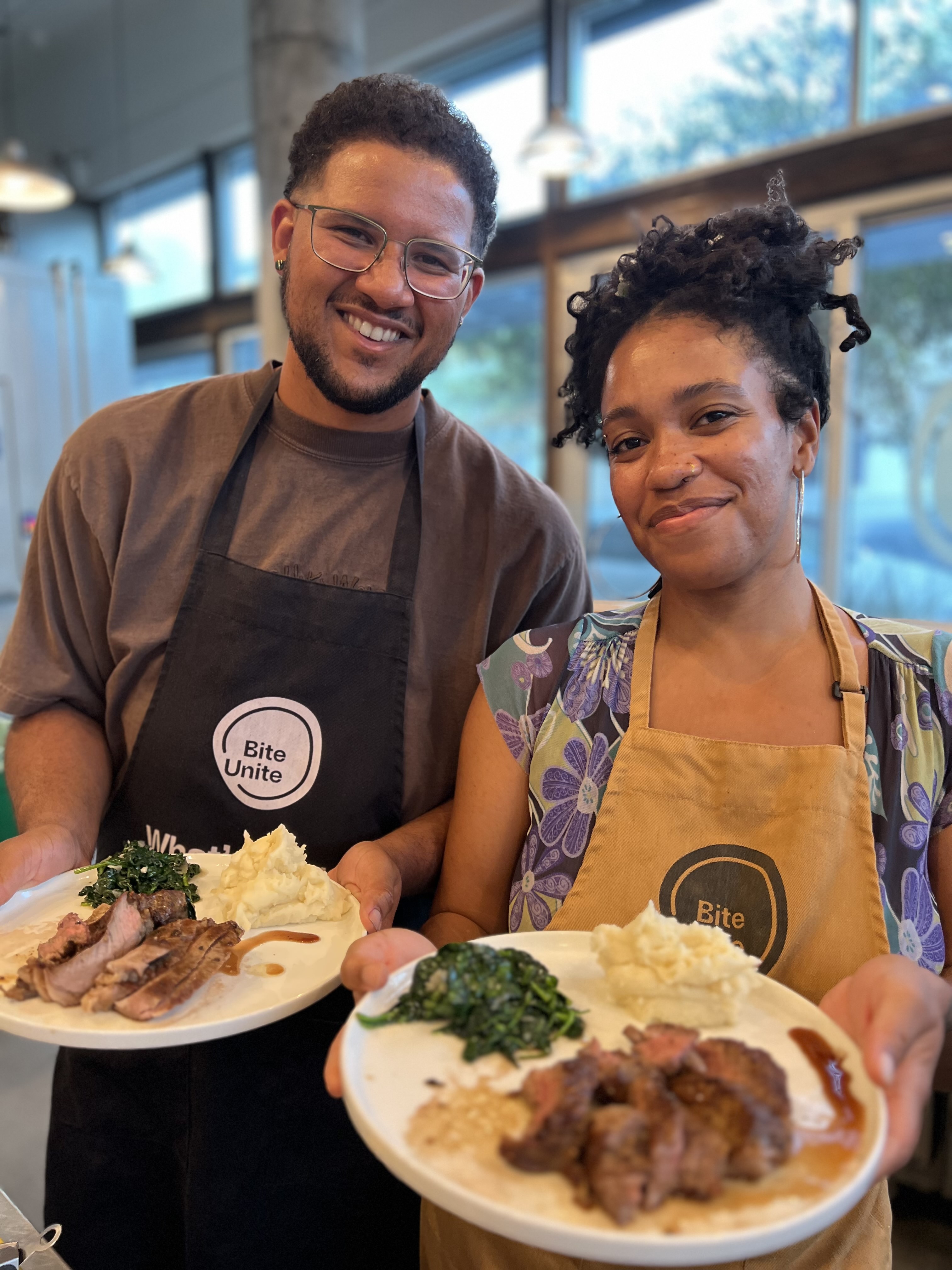




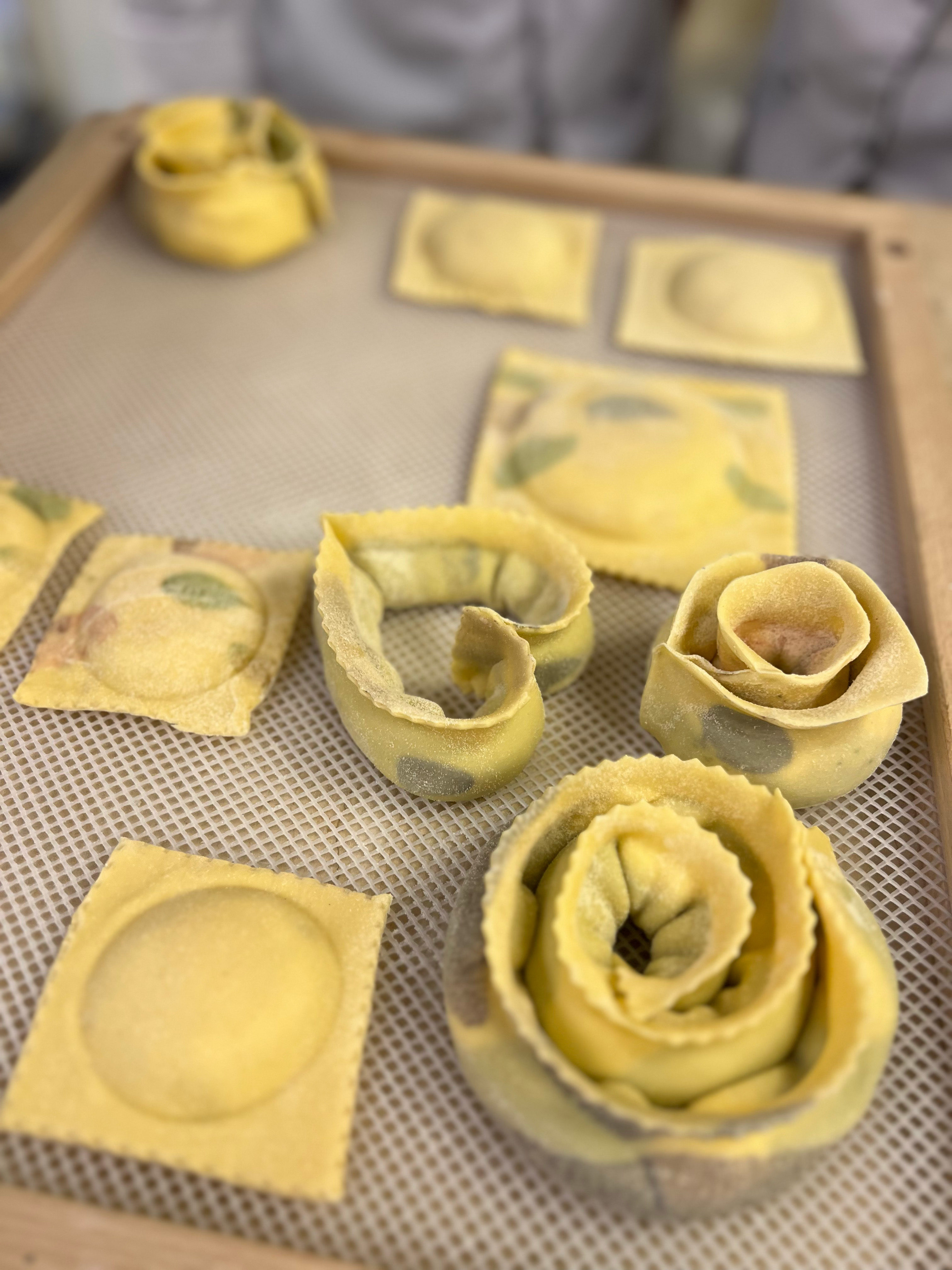


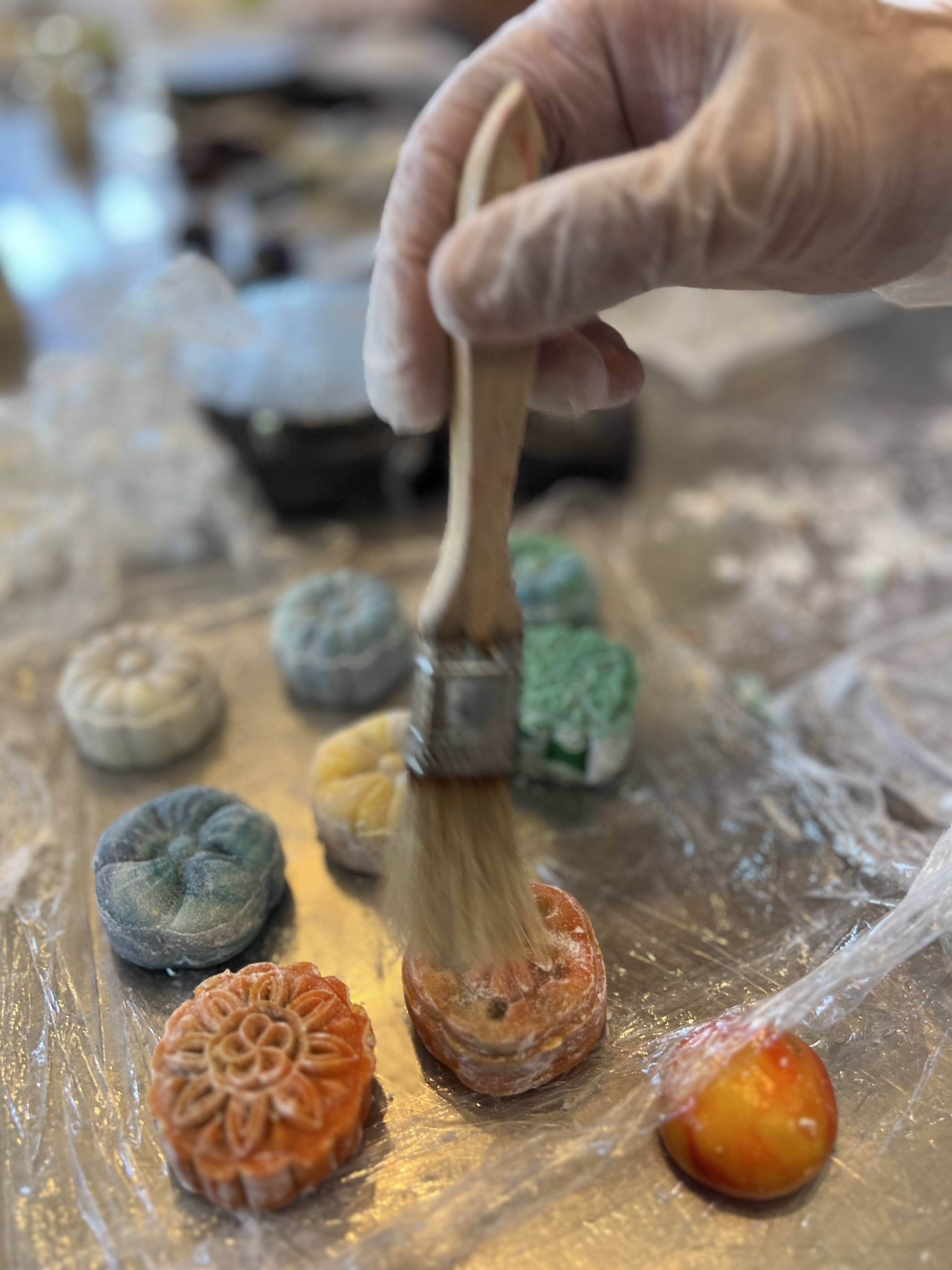
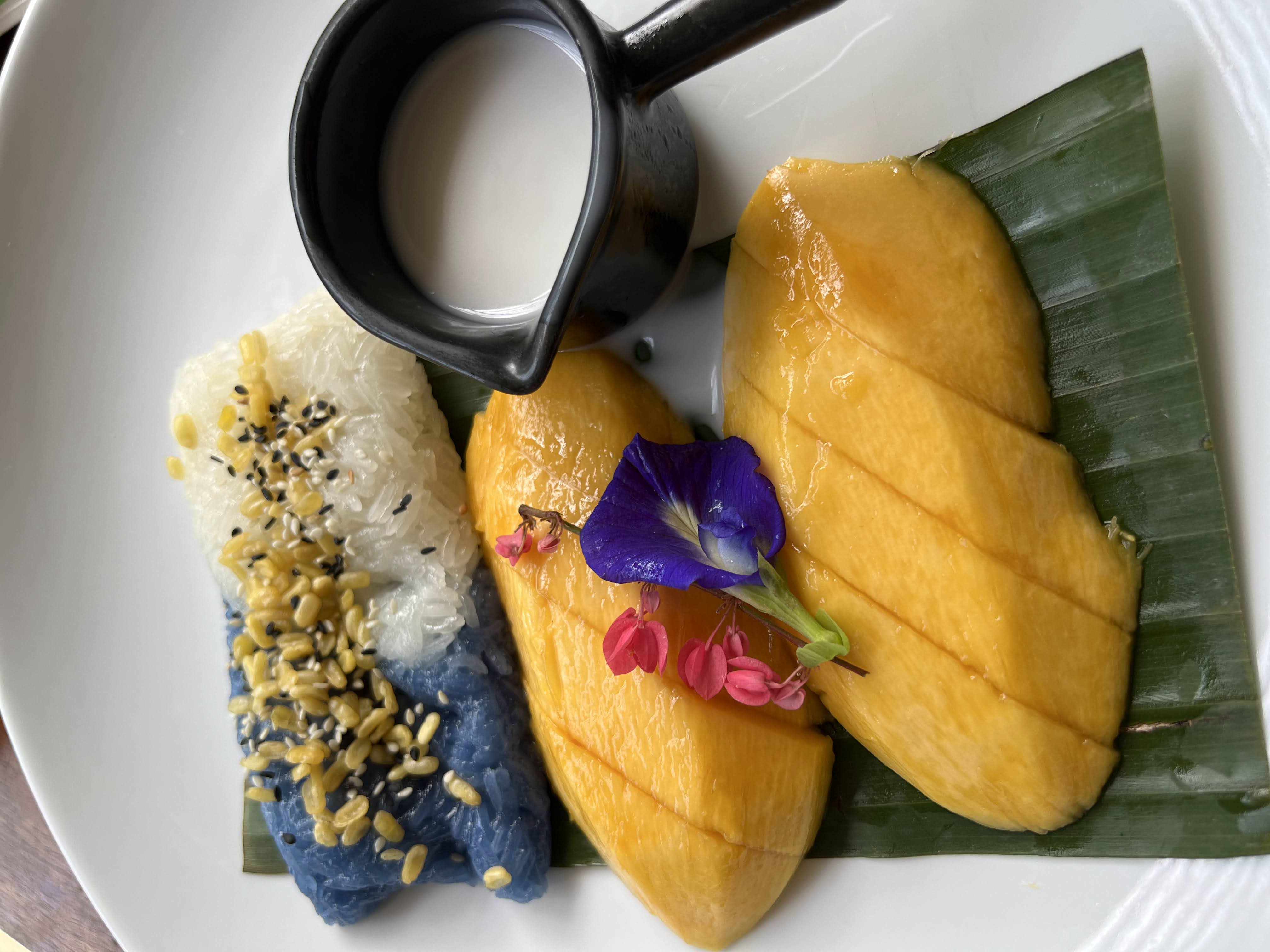
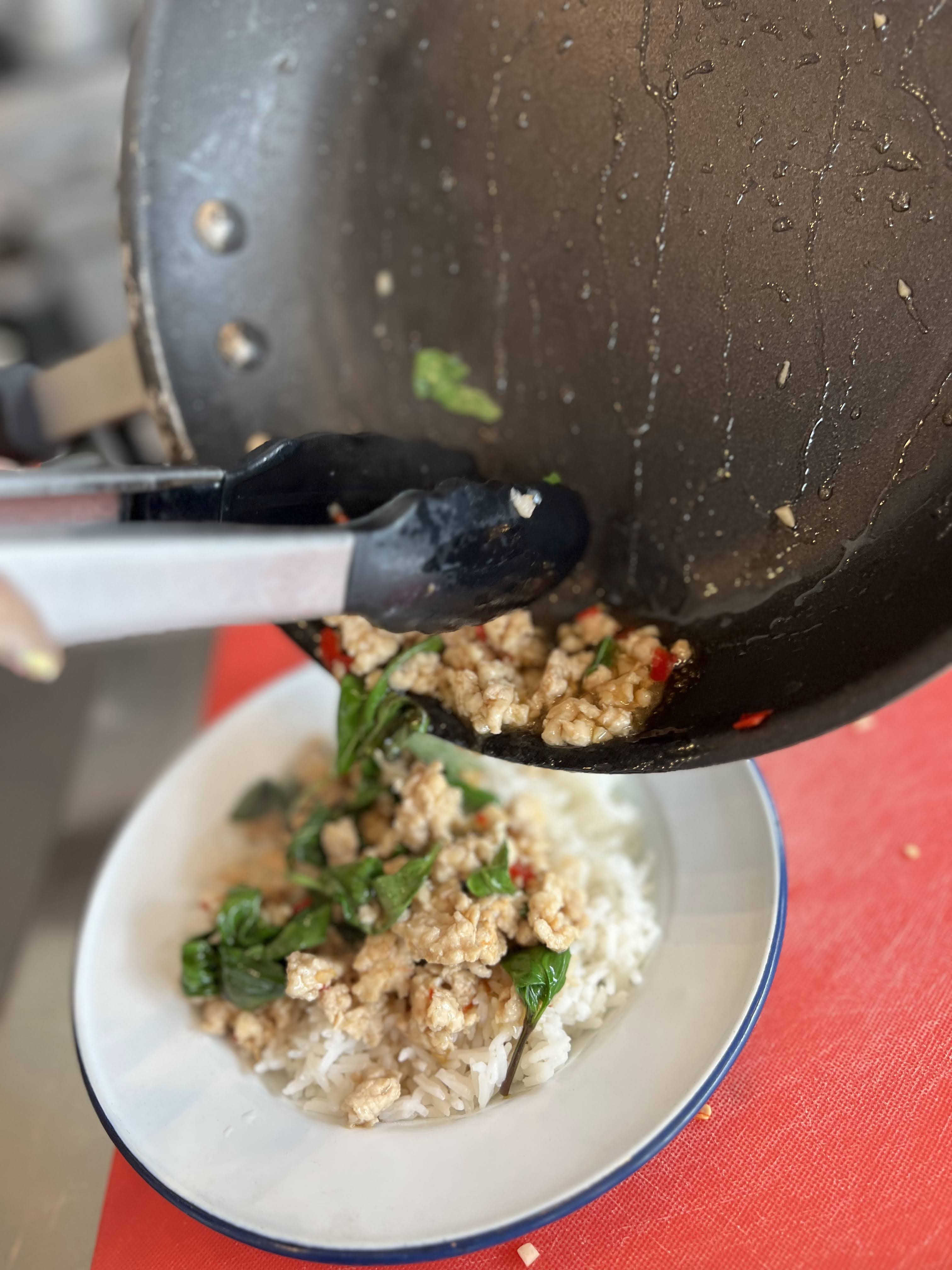
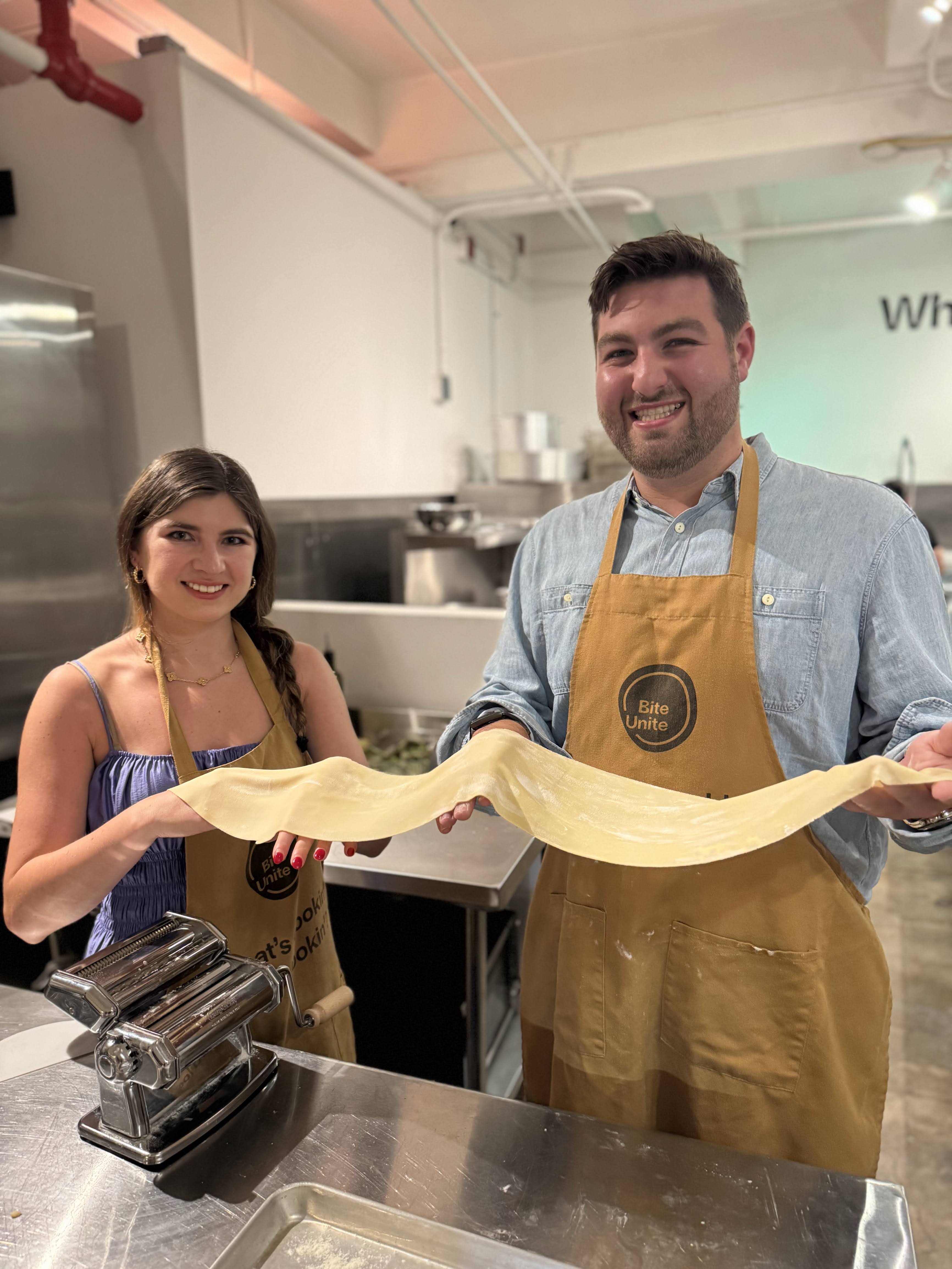
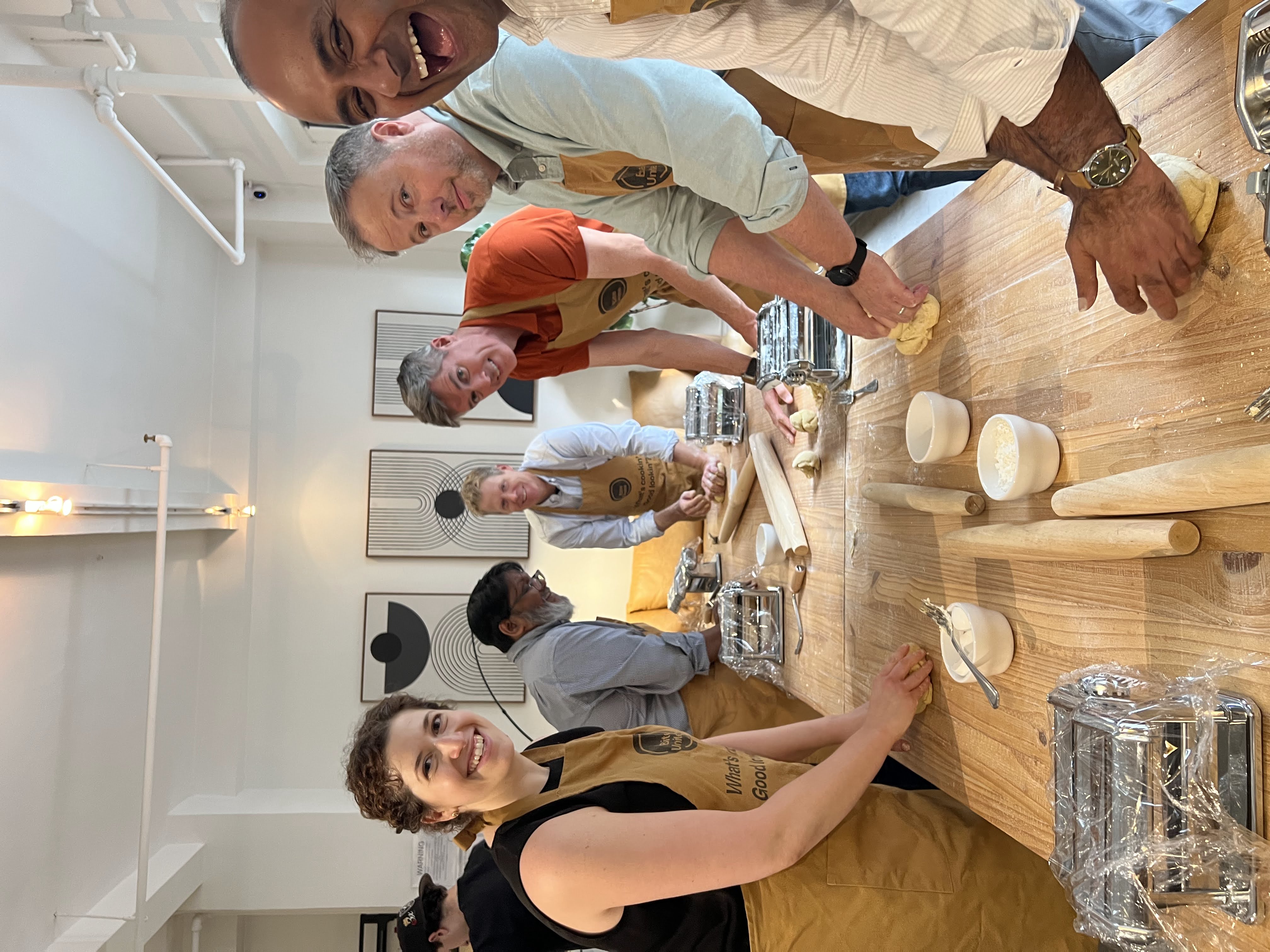
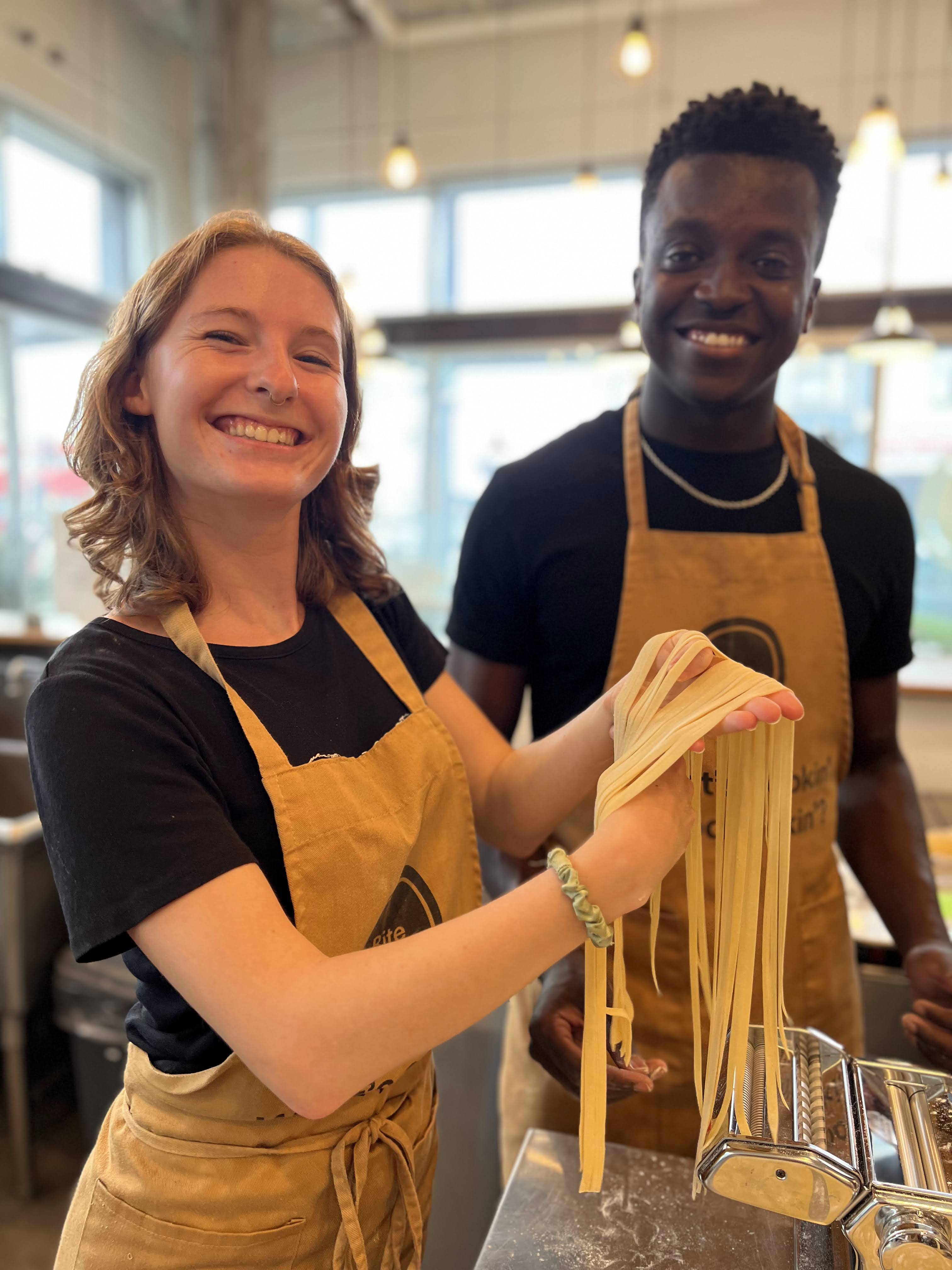
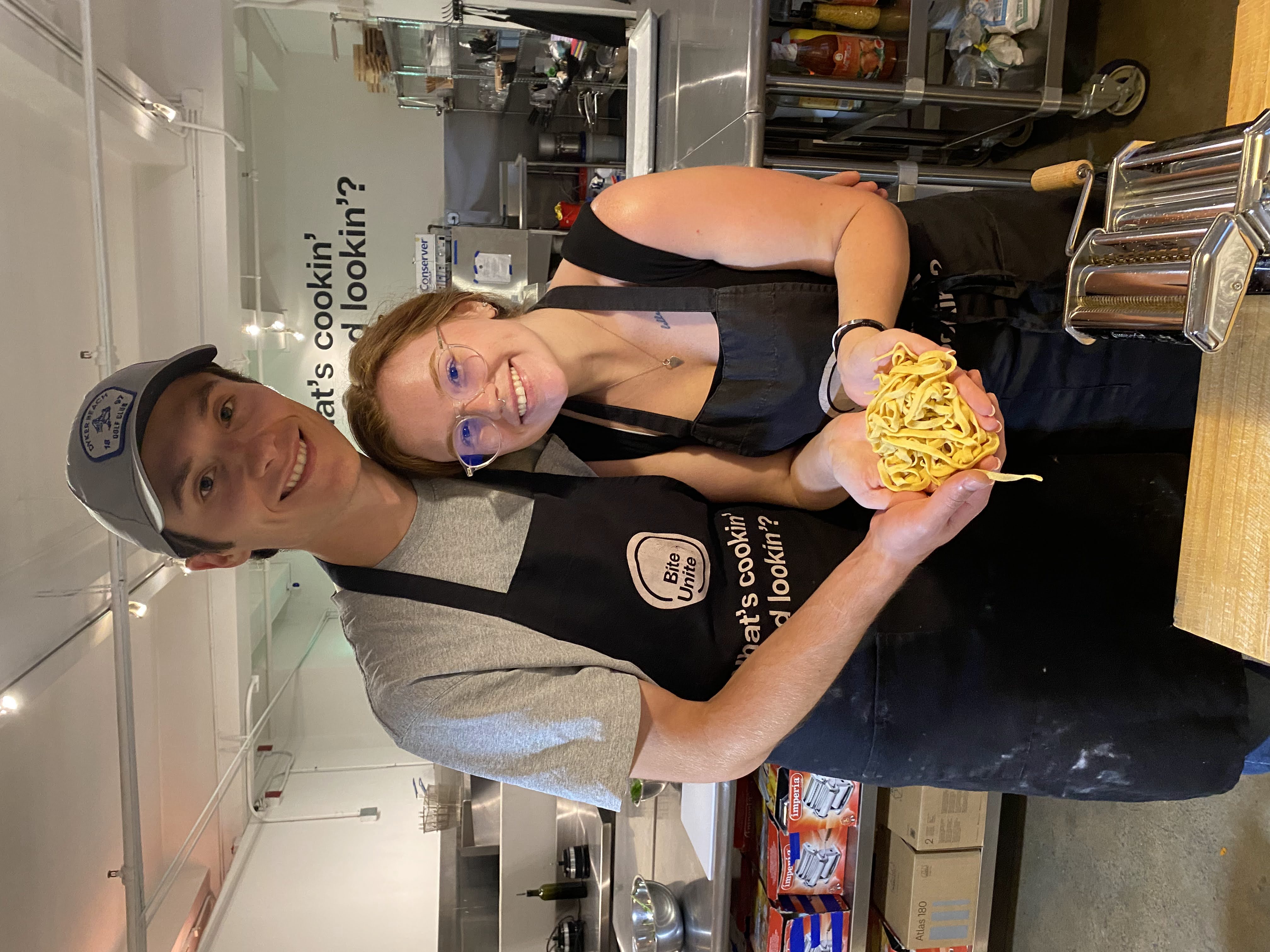
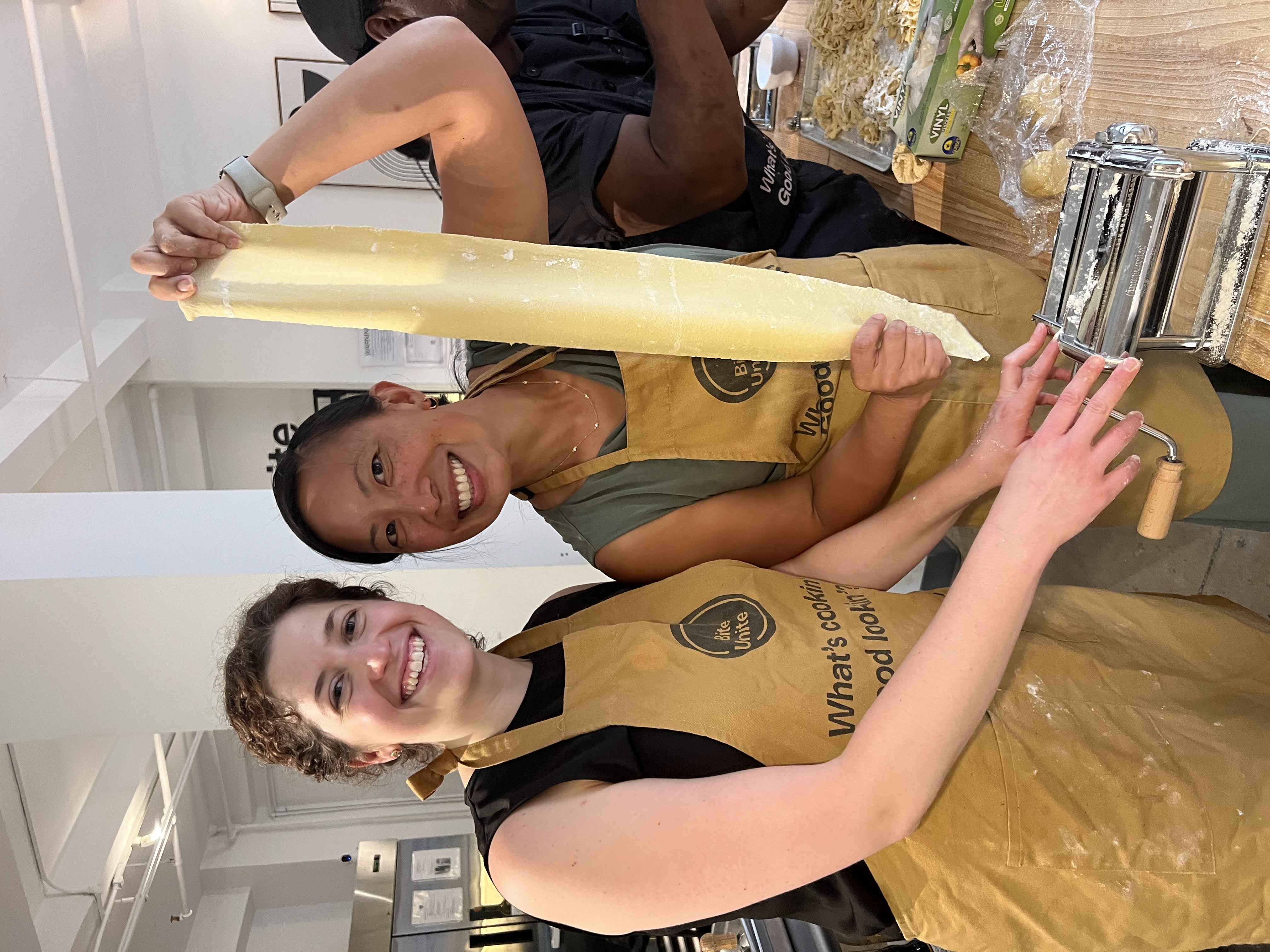
.jpg)
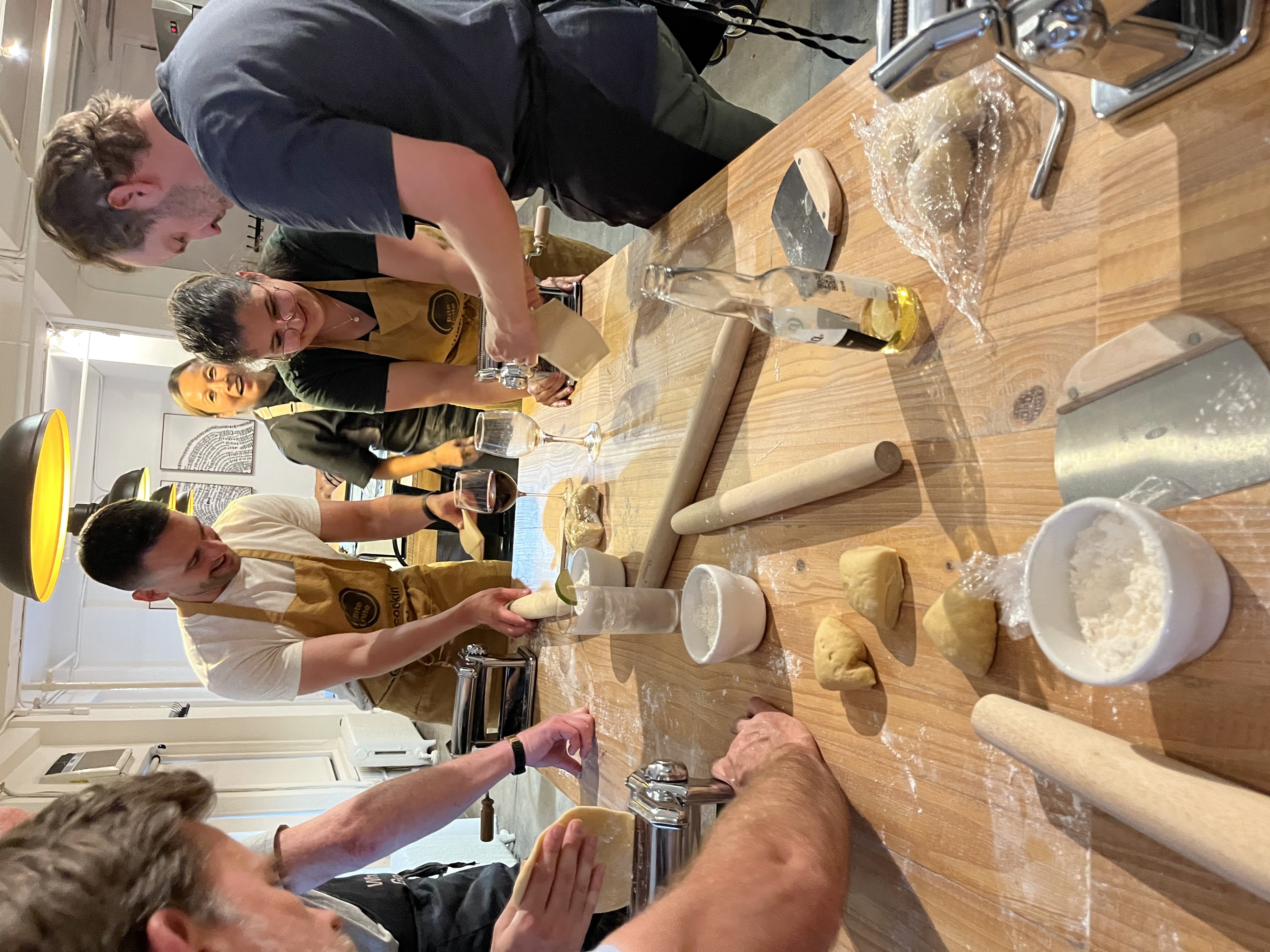
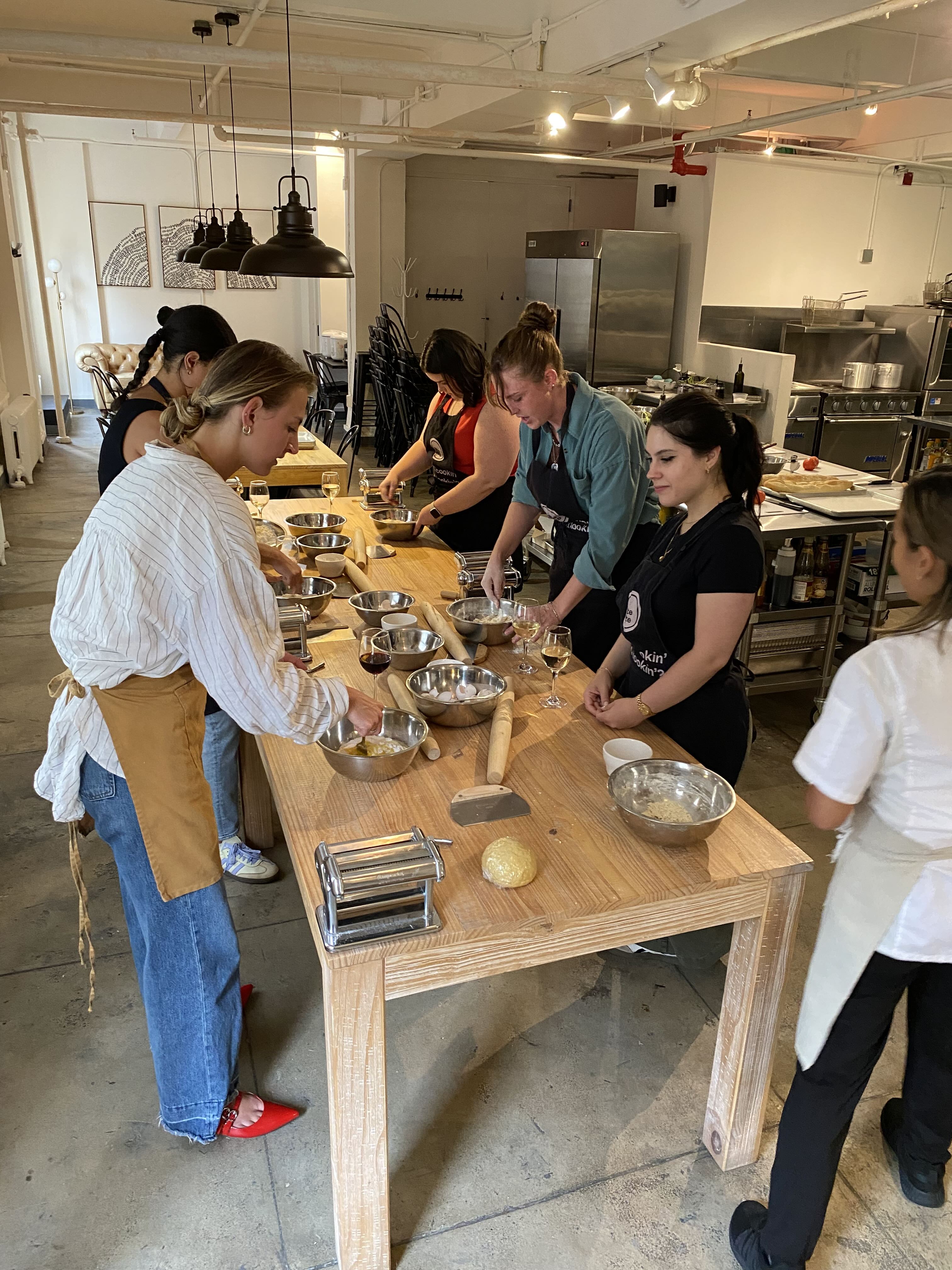
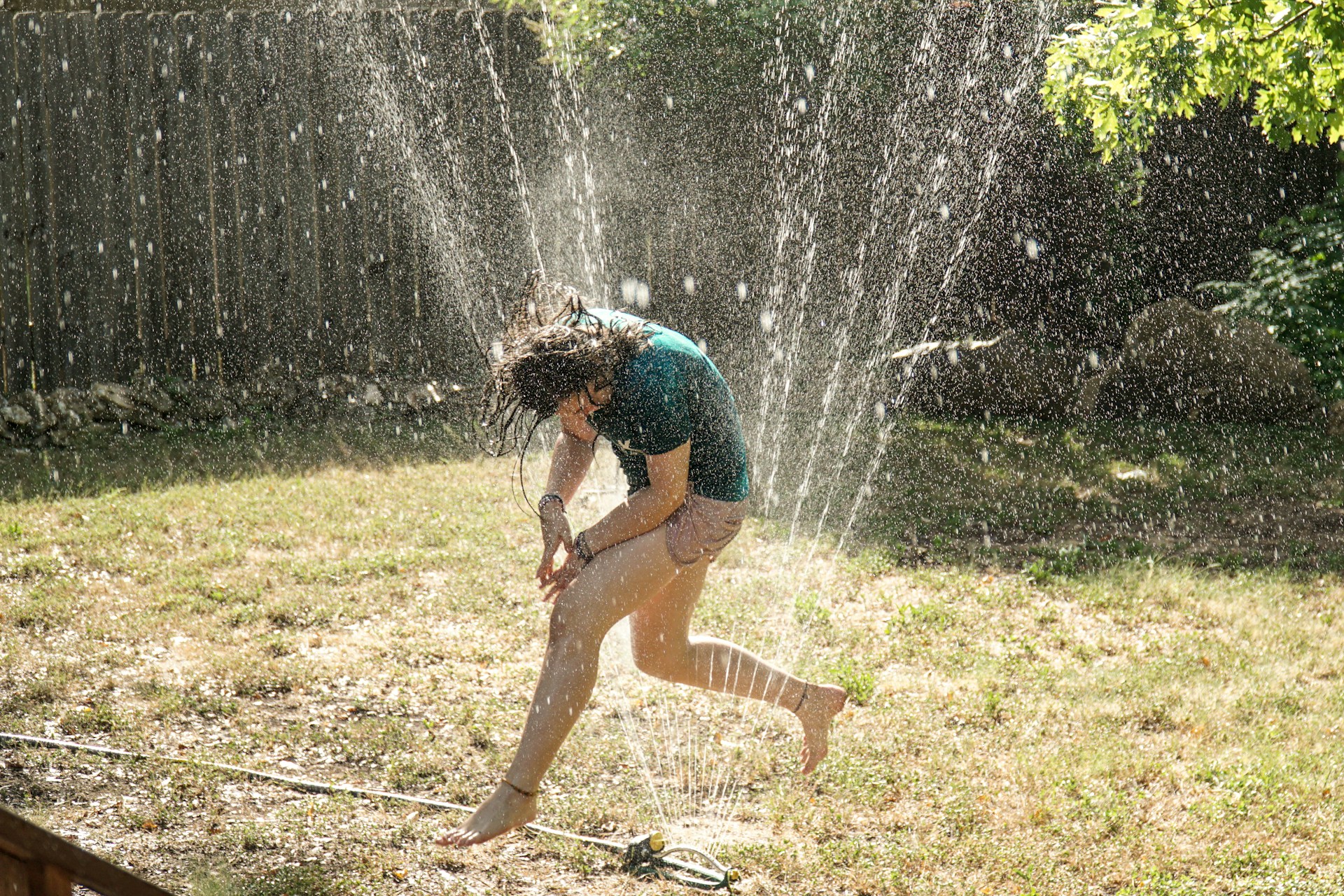


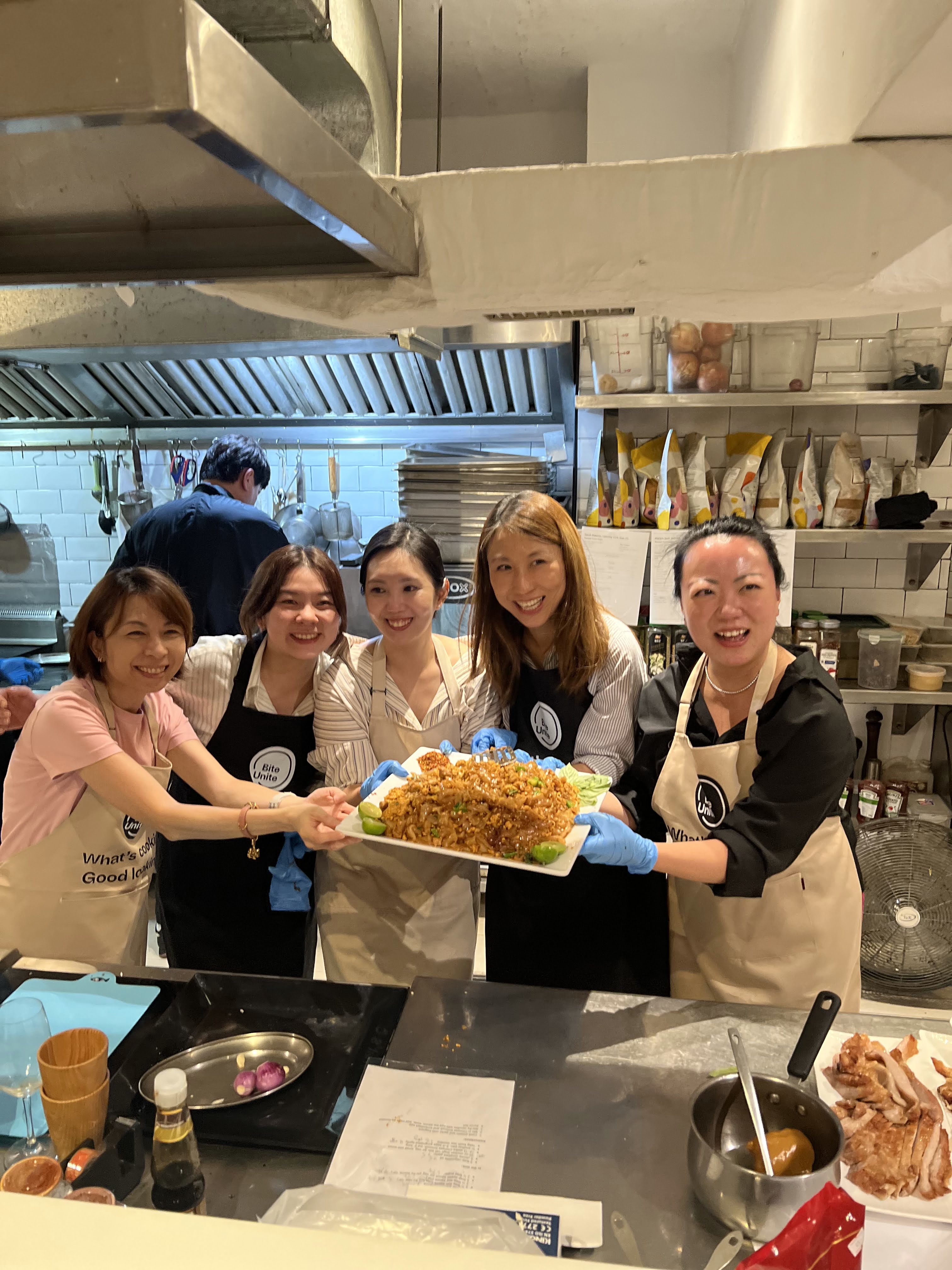
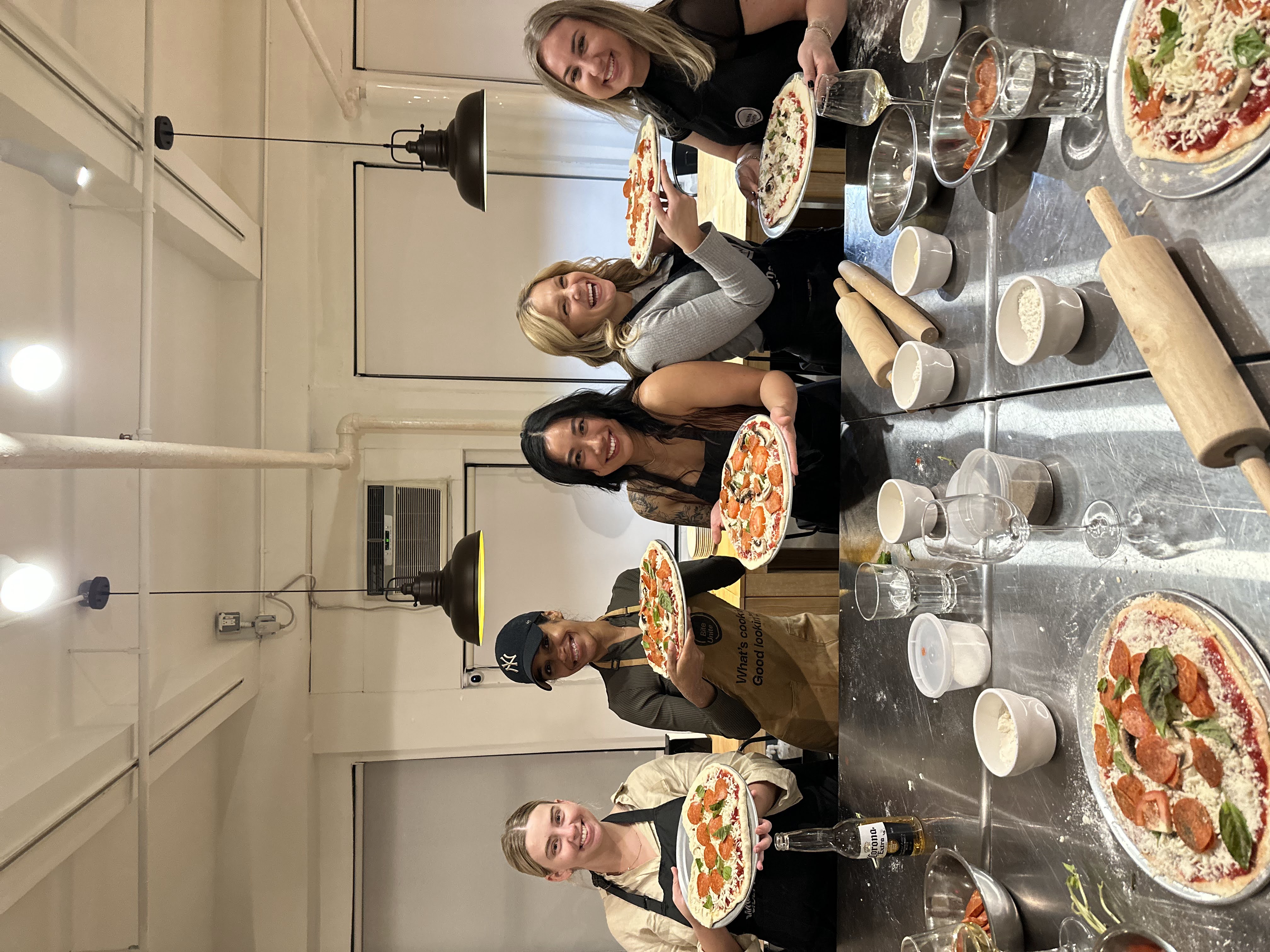

.jpg)


.JPG)
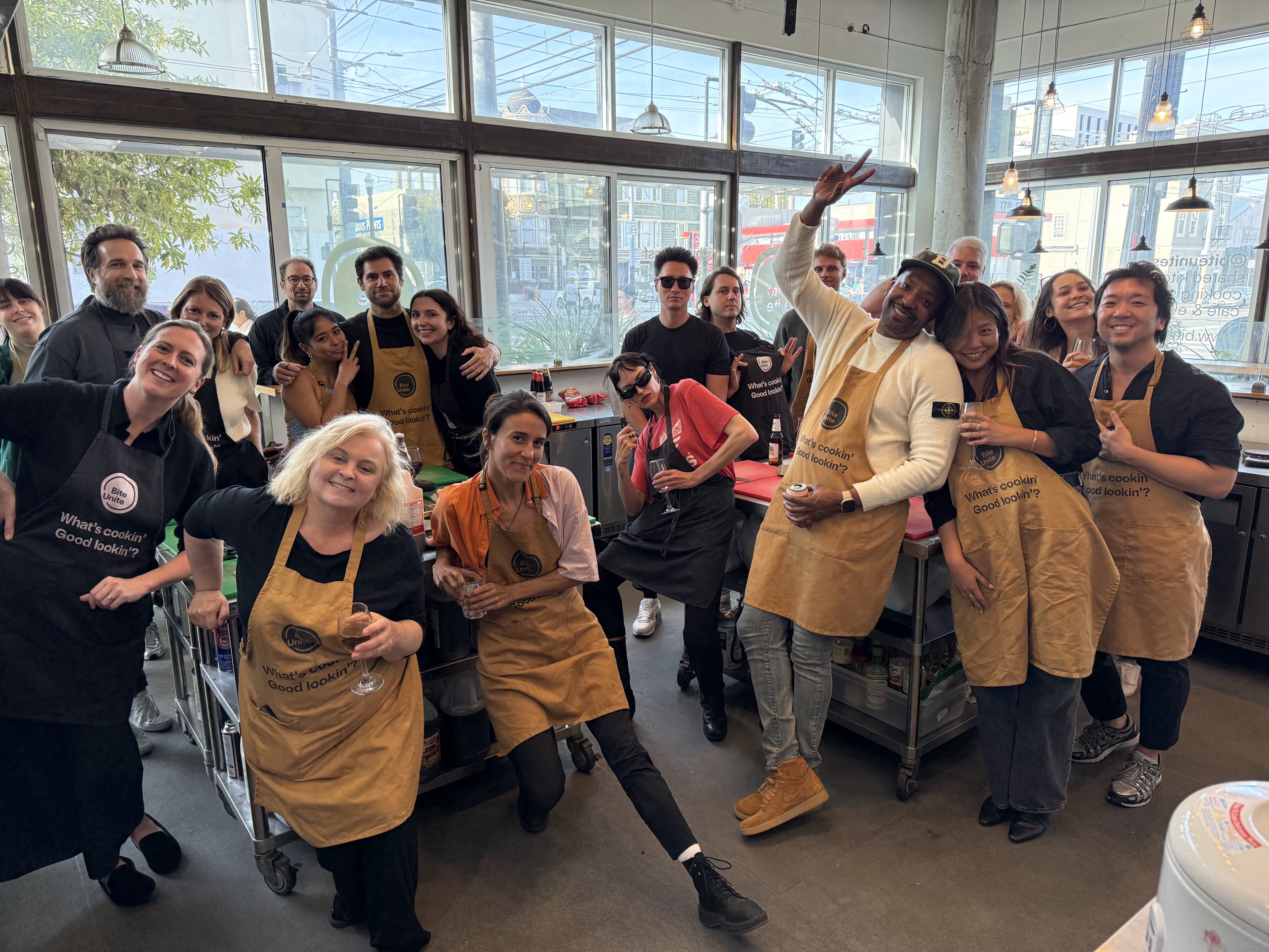
.jpg)















.webp)


























